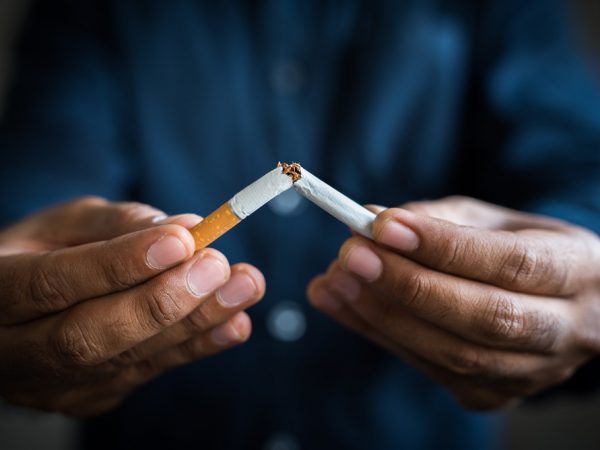Claire Fiddian-Green is the President & CEO of the Richard M. Fairbanks Foundation.
E-cigarettes, which came onto the market about a decade ago, have been heralded as a means to assist adult smokers in their attempts to quit smoking. And some high-quality research supports this position: adult smokers who switch from cigarettes or cigars to e-cigarettes have had good success in decreasing their use of nicotine and even quitting altogether.
The trouble is, e-cigarettes – such as the dominant brand, Juul, which has about 55% market share – have become an appealing avenue to introduce young people to nicotine. According to Jonathan Winickoff, a pediatrician at Massachusetts General Hospital and a professor at Harvard Medical School, “If you were to design your ideal nicotine-delivery device to addict large numbers of United States kids, you’d invent Juul… It’s absolutely unconscionable.”
If you don’t know what a Juul is, the middle and high school children in your lives almost certainly do. It is an e-cigarette, or nicotine delivery device, that resembles a computer flash drive. And e-cigarettes are popular with young people: In 2016, 16% of Central Indiana high school students reported using e-cigarettes.
There is controversy in the scientific and public health communities regarding whether it would be harmful to restrict the sale of e-cigarettes, which might in turn cause young people to substitute by switching to combustible cigarettes. Others argue that e-cigarettes are a gateway to lifelong nicotine addiction as well as more serious drug use, including marijuana.
The Trump administration has recently taken action on e-cigarettes. In April, the Food & Drug Administration announced a “crack down” on e-cigarette retailers to ensure young people are not illegally purchasing these products. In May, the FDA announced it was taking steps to regulate how e-cigarette liquid manufacturers are packaging their products, some of which closely resemble juice boxes and cookies. FDA Commissioner Scott Gottlieb explained these actions by stating: “No child should be using any tobacco product, and no tobacco products should be marketed in a way that endangers kids.”
While the evidence base is limited, we cannot ignore the fact that young people are using e-cigarettes and that the e-cigarette market is large – projected to be $5 billion in 2018 – and growing rapidly. Additional research will help us assess the impact of the FDA’s recent actions, and we should continue to monitor the rate of e-cigarette use and other drugs by children.
But perhaps more important is the need to focus on equipping our children with the knowledge and tools they need to avoid substance use – of any kind – in the first place. Our Foundation’s 予防事項 initiative aims to do just that. We encourage you to talk about e-cigarettes with the young people in your life, and to raise awareness about the risks of addiction to any drug.
Tagged in: Claire Fiddian-Green, E-cigarettes, FDA, Food & Drug Administration, Juul, 予防事項, リチャード・M・フェアバンクス財団



